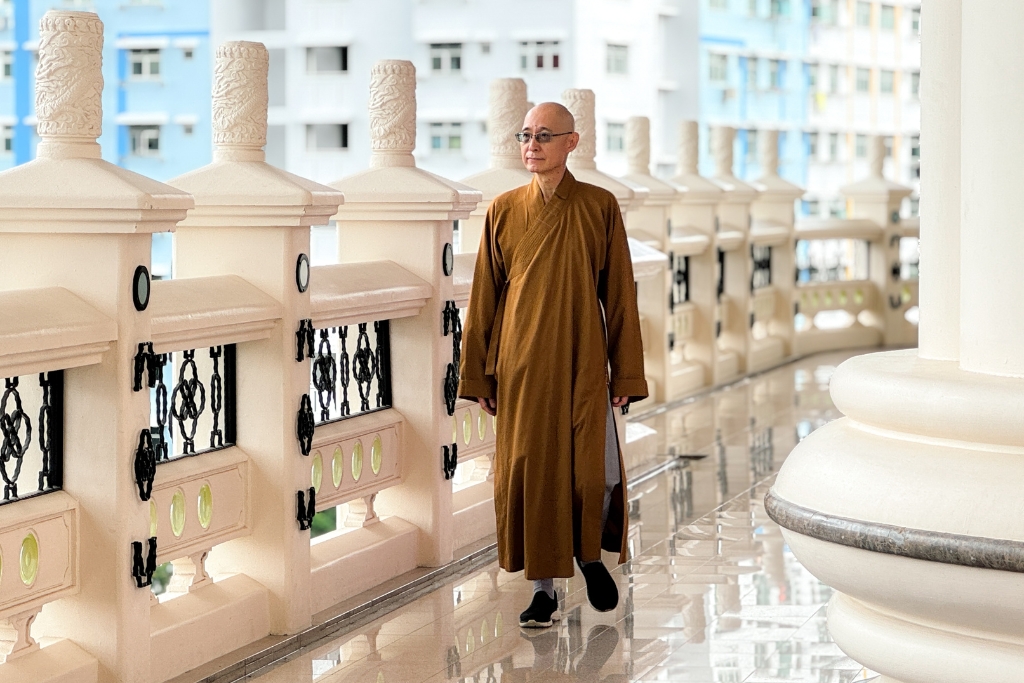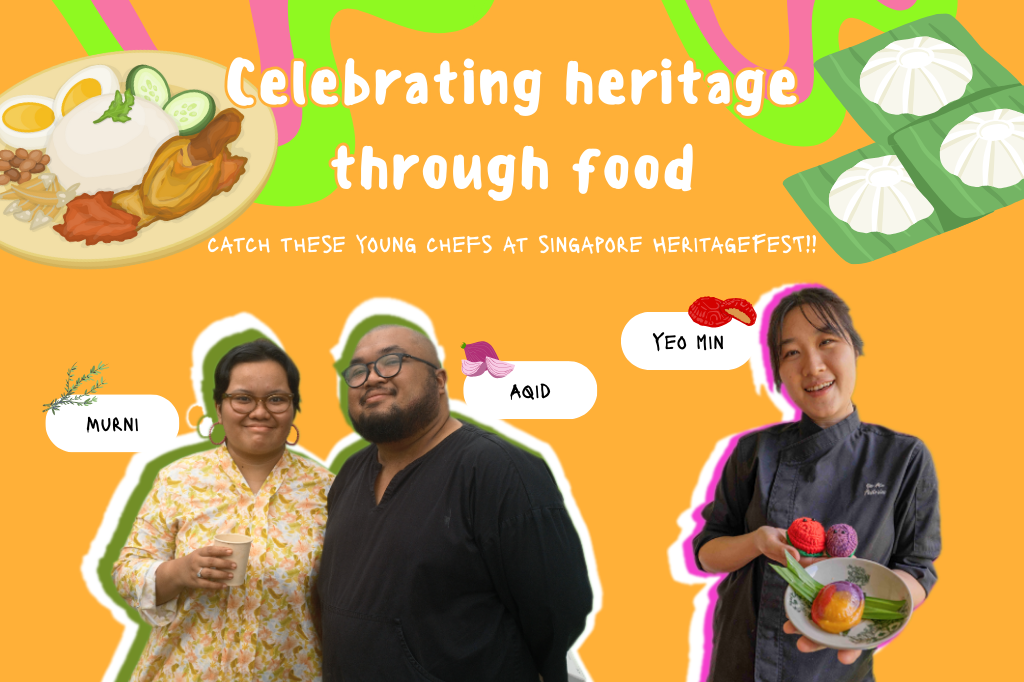Finding the Singaporean identity through art: Banupriya Ponnarasu
- 8 Feb 2023
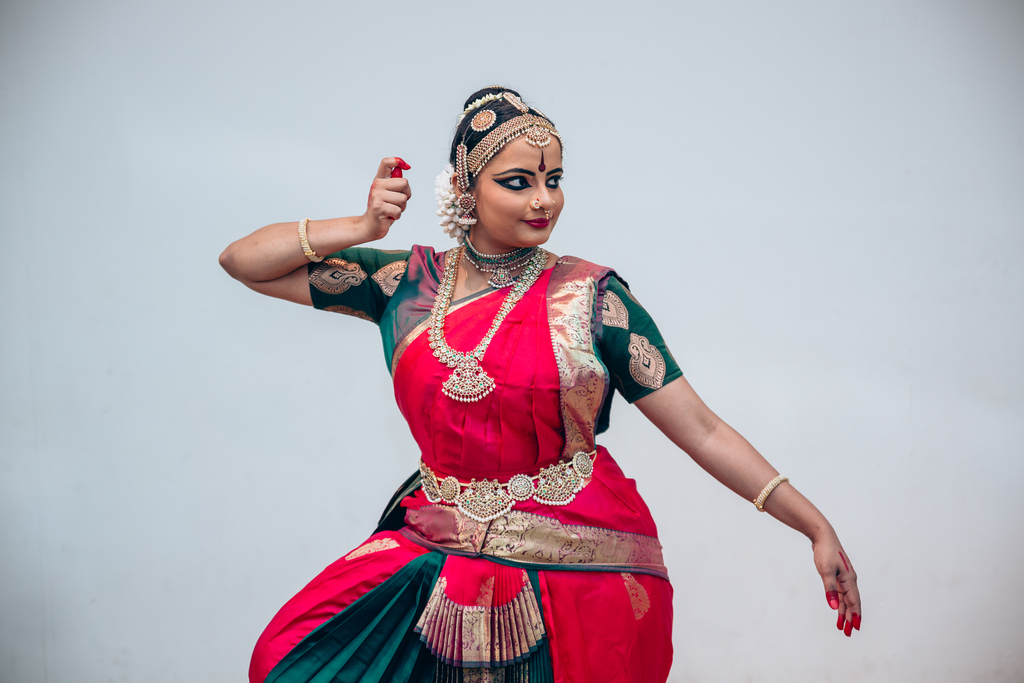
Banupriya dressed in traditional Bharatanatyam outfit. Photo credit: Greymatterssg
When Banupriya took a break from performing, she focused on finding her place in Singapore’s arts ecosystem. In 2022, she started a platform with funding by MCCY’s Self-Employed Person Grant (SEPG) – the Scarlet Mela Festival of the Arts, to celebrate and develop young and upcoming independent cultural art practitioners.
Pushing the envelope on traditional art
The Scarlet Mela Festival of the Arts (SMFA), stemmed from Banupriya’s desire to plug gaps that she noticed as a traditional arts performer. “We should be moving forward as a community, which spurred me to create SMFA,” she says, emphasising the need to see uniquely Singaporean work.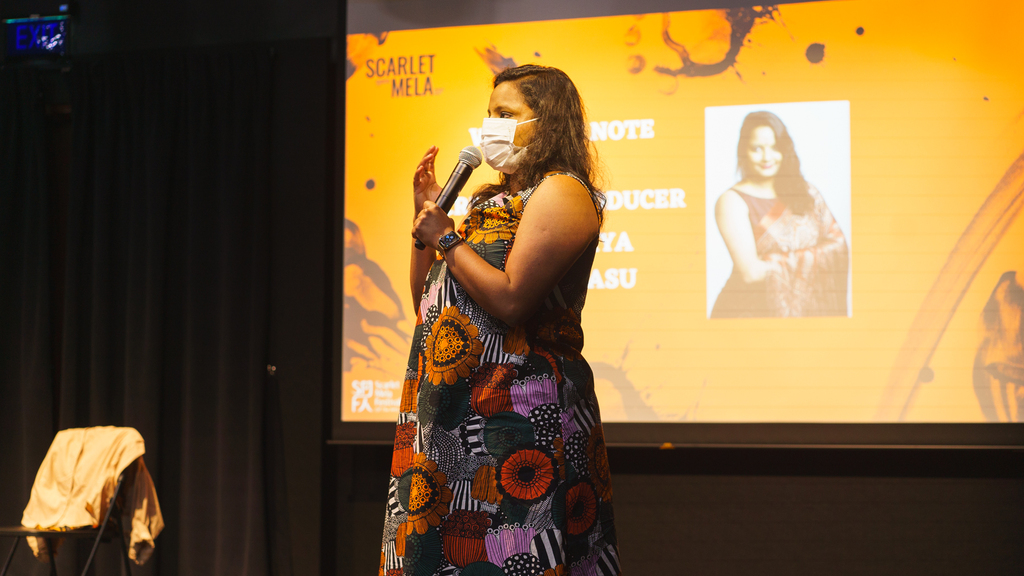
Banupriya speaking at the Scarlet Mela Festival of the Arts. Photo Credit: Mark Benedict Cheong
Driven by this, she created SMFA - a space for traditional arts practitioners to experiment with their art form and challenge their preconceived notions about their work. This included artists from different cultures, who then used their form to attempt to address social issues or personal questions, and discover a personal style.
Banupriya has also asked herself how she might explore what it means to be Singaporean while practising her cultural form. She suggests, “We can come together to create a cultural friendship and performance for Singapore, discovering what the Singaporean identity can be.”
Banupriya has also asked herself how she might explore what it means to be Singaporean while practising her cultural form. She suggests, “We can come together to create a cultural friendship and performance for Singapore, discovering what the Singaporean identity can be.”
Art as a healing power
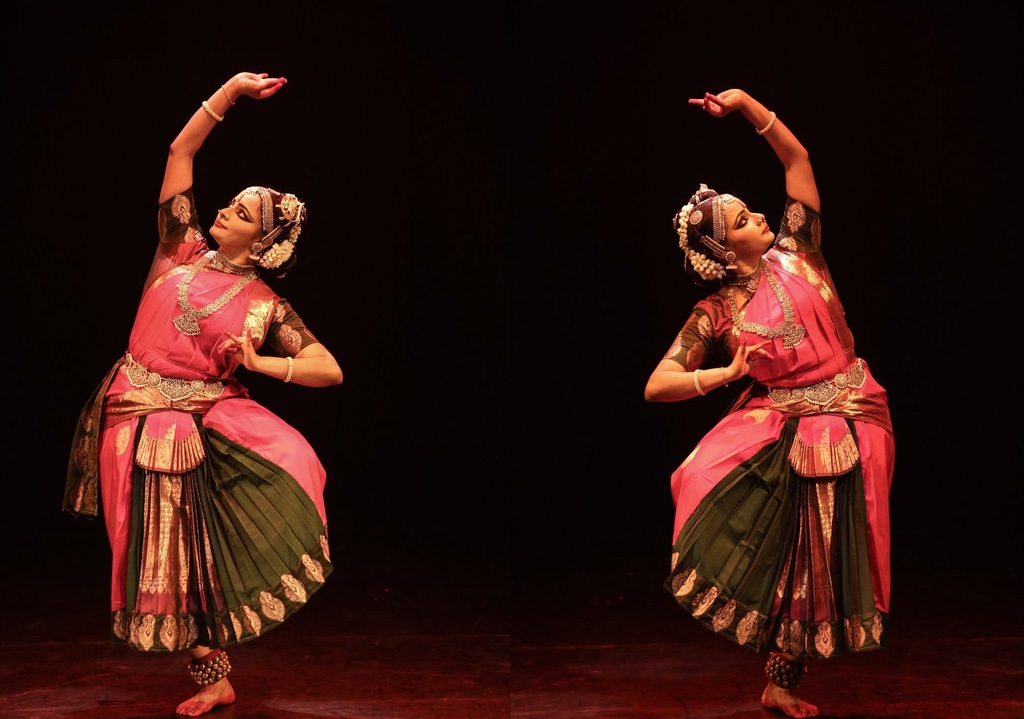
Banupriya at her solo dance debut, FemiNine: Shades that personify her. Photo credit: Indiestrings
Banupriya wears many hats in her career. She produces, dances, teaches and does arts management. In addition, she runs her own Bharatanatyam dance company, called Mandala Arts, which focuses on empowering dancers through training with an emphasis on mental and emotional well-being. She’s also the treasurer at the Singapore Drama Educators Association.
“As an arts practitioner, art is a space where I can identify or heal myself. I don’t really have to put up a façade,” Banupriya says. “There’s also a cohesive community today that supports the idea of becoming an arts practitioner, whether an artist or an arts manager.”
“As an arts practitioner, art is a space where I can identify or heal myself. I don’t really have to put up a façade,” Banupriya says. “There’s also a cohesive community today that supports the idea of becoming an arts practitioner, whether an artist or an arts manager.”
“Most importantly, at the very heart of it, practising the arts teaches us to be a better human being, and most importantly, being empathetic to the world and the people around us.”
Cultural arts in Singapore today
Banupriya is glad that there is now greater awareness of cultural arts in Singapore. There are cultural events for Singapore’s major ethnic groups, like the Kalaa Utsavam, the Hua Yi festival, and the Muara Festival that are presented by The Esplanade. The Esplanade also hosts dance festivals promoting cultural forms and providing space for creative expression.The next step is advocating for further evolution in the arts space, Banupriya says. She believes that coming together as a community to nurture and evolve cultural arts with the times is pivotal.
"Singapore’s arts scene has grown into a space where race does not matter, as long as you have the interest for that specific art form.”
“That is what being Singaporean means at the end of the day, you identify with your race, but you can dabble into other cultural things fluidly and freely without having to feel like you are held back by the language or the culture.”
The introduction of the Self-Employed Person Grant (SEPG) to recognise the self-employed community in the industry has also made it easier for independent practitioners to get the funds to create new, boundary-pushing work. This has allowed the arts scene in Singapore to grow in varying dimensions, she explains.
Keen to read more on other individuals who have made a difference in the arts, heritage community and youth, and sports sector? Find out more here:
The introduction of the Self-Employed Person Grant (SEPG) to recognise the self-employed community in the industry has also made it easier for independent practitioners to get the funds to create new, boundary-pushing work. This has allowed the arts scene in Singapore to grow in varying dimensions, she explains.
Keen to read more on other individuals who have made a difference in the arts, heritage community and youth, and sports sector? Find out more here:




